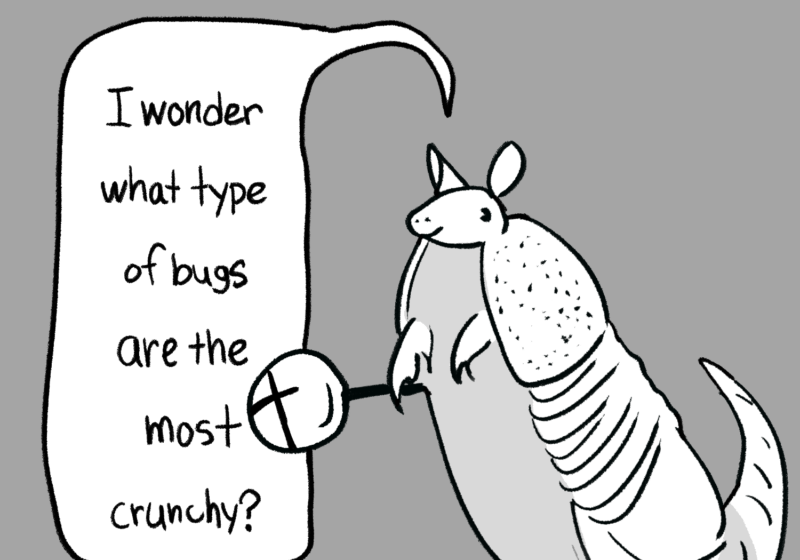In 2009, when I was 11 years old, I remember watching the Oscars with my dad, hooting and hollering victoriously at the small television that flickered in the darkness. Then, I remember the TV shutting off and my half-asleep mom yelling at us.
Why did we awaken and piss off my mom in the middle of the night?
Because finally, as Indians, we saw a hit movie featuring predominantly people of our color taking the Oscars by storm.
“Slumdog Millionaire” won eight Academy Awards in ‘09 including Best Picture, Best Director and Best Original Music Score.
Then, “Life of Pi,” which also featured a lot of people of my color, won four Academy Awards in 2013.
But since then, there really has been nothing.
Furthermore, Indians have only won eight Academy Awards and none for acting. Only one of those Indians — Bhanu Athaiya — is a woman.
In fact, Asian actors have earned only 1 percent of nominations. Moreover, only three Indians have been nominated in an acting category.
1 percent. Just three people.
Where are my people’s accolades for their performances on the big screen? Why is it that in 2018, I haven’t felt the euphoria I did almost a decade ago on that ’09 night?
These problems became apparent in 2015 when fans realized that acting nominations experienced an avalanche — there were no people of color nominated. And thus, a hashtag was born, #OscarsSoWhite
Minority groups were pissed, especially since we encompass about 40 percent of the population.
Then in 2016, it happened again. No colored actors were seen on the ballot for acting nominations.
The Academy took most of the blame for the voter prejudice; rightfully so — a 2016 Los Angeles Times study showed African-Americans comprised 3 percent of the 6,261 members while Asians and Latinos were slightly above 2 percent.
In 2017, the excellence of African-Americans was honored, with black filmmakers, actors, and actresses receiving a record-breaking number of awards.
So in 2018, while I was happy that a fellow minority group had finally got the fame they deserved, there were still some glaring problems. No Latinos or Asians were on the acting nominations list.
While some blamed the Academy again, the real blame lands on Hollywood.
Hollywood hasn’t been able to diversify itself with the changing time. It stays stagnant, thinking diversity doesn’t sell. It whitewashes characters — letting Emma Stone play a half-Asian and Jake Gyllenhaal play the “Prince of Persia”.
Moreover, racism is embedded in Hollywood’s origin, as it has only represented minorities through stereotypes.
Unfortunately, this is still seen today with some of our favorite movies. Take “Deadpool”.
There’s a taxi driver. Lo and behold, he’s brown. His name is Dopinder. He talks in an Indian accent. I looked up the actor’s name and watched an interview of his. Surprise! He actually has an American accent.
Even progressive TV shows that cast brown characters that oppose their stereotypical roles still have a few problems. For example, in the progressive TV show Grown-ish, they pronounce the Indian guy’s name, Vivek, completely wrong. It’s pronounced Vi-vake and not how it’s spelled.
How hard is it to just look that up? Imagine if I pronounced Michael as Mick-ale. You’d be like, “Um, what the fuck?”
See, the real problem is minorities don’t get a chance to be nominated because there are so few that star in lead or supporting roles in critically acclaimed films.
A USC study released in 2017 found only 16 actors and actresses from minority groups in 14 films that were in the top 100 films of 2016 – with only two Asian male actors. No Asian females. And no surprise here, only 1.1 percent of those top 100 films had LGB characters, and not one character was transgender.
Latino actors have it bad, too. The same USC study showed Latino actors and actresses only comprise 3 percent of speaking characters in contrast to making up 18 percent of the population and 23 percent of moviegoers.
So, how do we change this?
Hollywood ignores the fact that diversity sells, but there are statistics showing that movies with diverse casts do better at the box office (*cough cough* “Black Panther”).
Diverse casts begin with us. As consumers, we control the market. If we want representation, then we must demand it. By demanding diversity, Hollywood will gradually be forced to fulfill our wants. By speaking out on the lack of diversity, we can successfully inform more individuals and convince them to demand diversity, too.
We see African-American actors as more than criminals or sports players. We see Asian actors as more than engineers or doctors. We see Indian actors as more than taxi cab drivers or owning the local 7/11. We see Latino actors as more than drug lords or illegal immigrants. We see Muslim actors as more than terrorists. We see females as more than love interests. We see LGBTQ representation.
We see diversity and we see it accurately. We have the power to make Hollywood see this as well. We just have to speak up.
And in response, we get to see ourselves on the screen with great movies like “Crazy Rich Asians” and “The Big Sick”.
I hope one day, my kids and I will be hooting and hollering as we watch the many “firsts” for minorities at the Oscars.





